Supportive Regulatory Environment
A supportive regulatory environment is fostering growth in the smart exoskeleton market. The US Food and Drug Administration (FDA) has streamlined the approval process for medical devices, including smart exoskeletons, which encourages innovation and market entry. This regulatory support is crucial for manufacturers seeking to bring their products to market efficiently. As more devices receive FDA clearance, the availability of smart exoskeletons is likely to increase, thereby expanding consumer access. Furthermore, favorable reimbursement policies for assistive technologies are expected to enhance market penetration, making smart exoskeletons more accessible to those in need.
Growing Demand for Mobility Assistance
The smart exoskeleton market is experiencing a notable surge in demand for mobility assistance devices, particularly among the aging population and individuals with mobility impairments. As the US population ages, the need for innovative solutions to enhance mobility and independence becomes increasingly critical. According to recent estimates, approximately 20% of the US population will be over 65 years old by 2030, leading to a heightened focus on assistive technologies. Smart exoskeletons offer a promising solution, enabling users to regain mobility and improve their quality of life. This growing demand is likely to drive investments in research and development, further propelling the smart exoskeleton market forward.
Rising Awareness of Occupational Safety
The smart exoskeleton market is benefiting from a growing awareness of occupational safety and ergonomics in various industries. As workplace injuries continue to pose significant challenges, companies are increasingly adopting smart exoskeletons to enhance worker safety and productivity. In sectors such as construction and manufacturing, where physical strain is prevalent, these devices can reduce the risk of musculoskeletal disorders. Reports indicate that workplace injuries cost US employers over $60 billion annually, prompting organizations to invest in technologies that mitigate these risks. Consequently, the integration of smart exoskeletons into workplace safety programs is likely to drive market growth.
Increased Investment in Healthcare Technologies
Investment in healthcare technologies is a significant driver for the smart exoskeleton market. The US government and private sector are increasingly allocating funds to develop advanced medical devices that enhance patient care and rehabilitation outcomes. In 2025, healthcare technology investments are projected to reach over $500 billion, with a substantial portion directed towards innovative solutions like smart exoskeletons. These devices not only aid in rehabilitation but also reduce the burden on healthcare systems by promoting patient independence. As healthcare providers recognize the potential of smart exoskeletons to improve recovery times and patient satisfaction, the market is likely to expand rapidly.
Technological Integration in Rehabilitation Programs
The integration of smart exoskeletons into rehabilitation programs is transforming the landscape of physical therapy. Healthcare providers are increasingly recognizing the benefits of incorporating these devices into treatment plans for patients recovering from injuries or surgeries. Smart exoskeletons facilitate more effective rehabilitation by providing support and enabling patients to engage in therapeutic exercises that may have been challenging otherwise. As rehabilitation centers adopt these technologies, the smart exoskeleton market is expected to expand. In 2025, the market for rehabilitation technologies is projected to grow by 15%, indicating a robust demand for innovative solutions that enhance recovery outcomes.

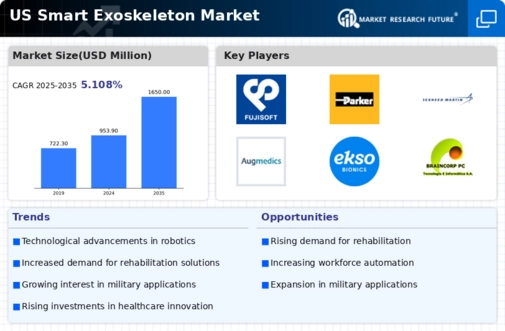
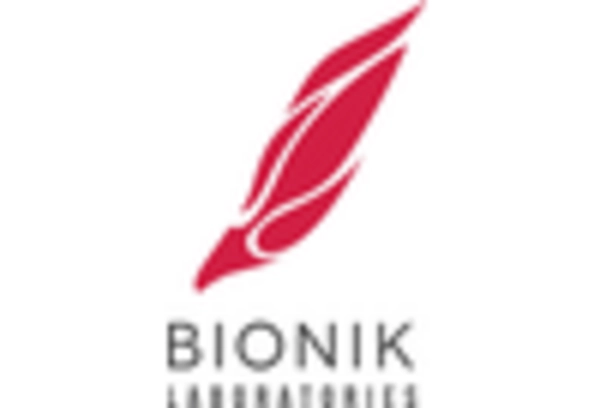
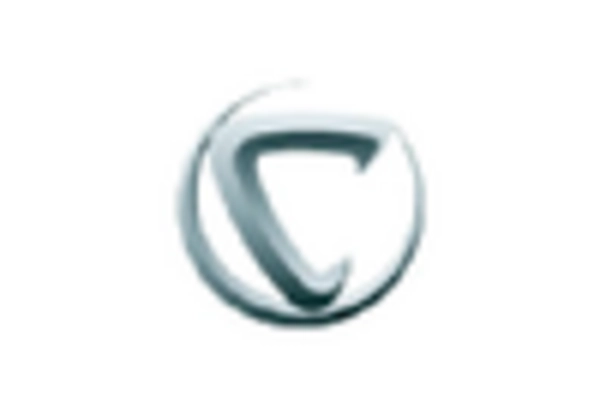
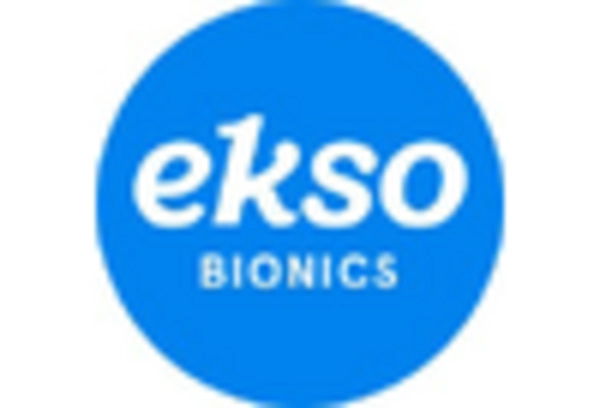
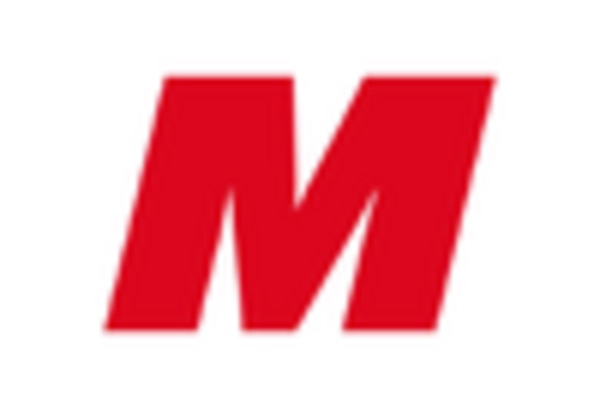
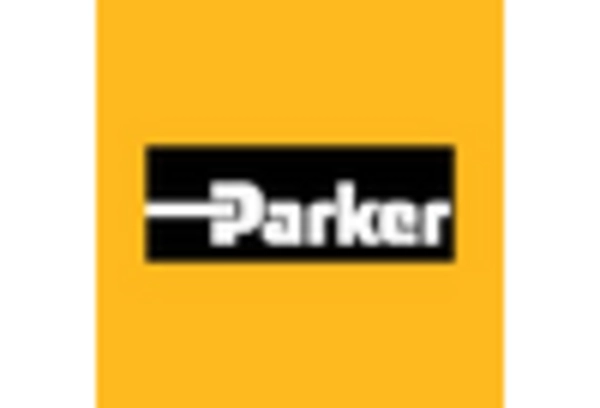
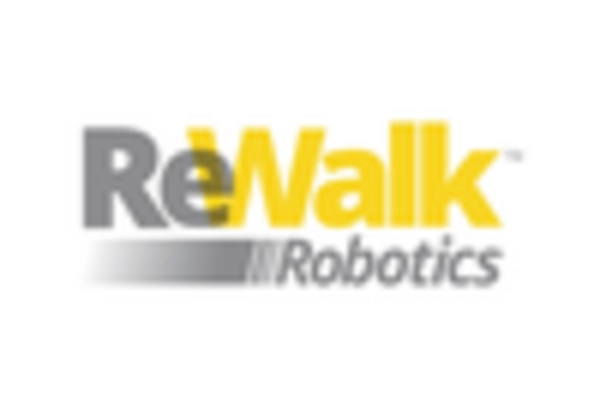








Leave a Comment